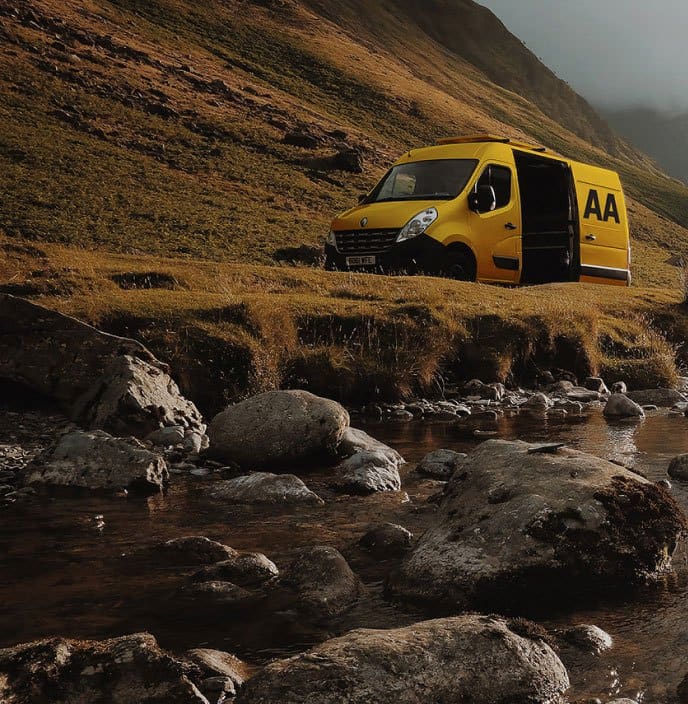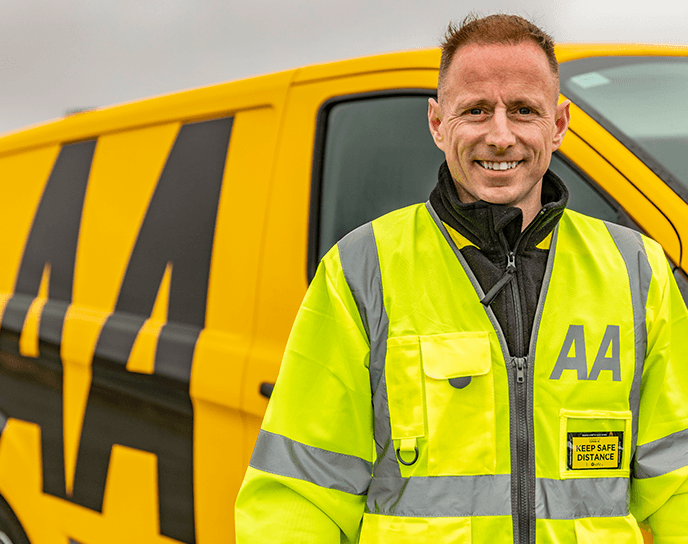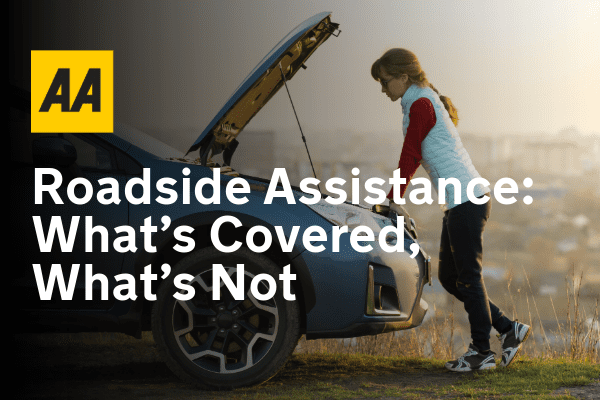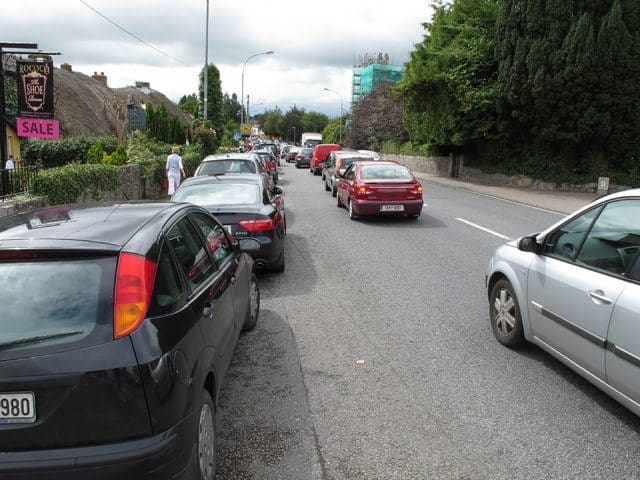Following Monday’s flash floods in Ulster and Leinster in particular, AA Rescue has been particularly busy in the Dublin and East coast areas with water damaged vehicles. The AA is now advising motorists whose vehicles have been partially or fully submerged in flood water to inspect their vehicles for signs of damage.
“On Monday evening we had numerous call outs to cars that had driven through flood water and stalled.” Says Noel Keogh, Head of AA Rescue. “Cars were also being abandoned on roads in Dublin, Wicklow, Kildare and other counties. We were still dealing with the backlog by Tuesday morning, when we had a fresh surge of car breakdowns and cars refusing to start. We can almost always repair them on the spot but unfortunately some motorists had done permanent damage to their engines by taking too big a risk with floods.”
“The engine’s air intake on many cars is lower down at the front of the car than many people realize and it can take just an egg cupful of water in the combustion chamber to wreck an engine.” Says Keogh. “Water doesn’t compress and the piston in effect hits a wall, bending or breaking a con rod. Driving fast, even if the intake’s above the water level could cause water to be ingested.”
While not always the case, water can cause extensive damage to a vehicle and its electrical system including your door locks, window mechanics and air conditioning are particularly vulnerable. With this in mind, AA Patrols who have been tasked to hundreds of vehicles with water contaminated engines and is advising concerned motorists to run through the following check list to assess for damage.
AA Rescue Checklist post flood vehicle check list:
- Check your oil level. If the oil level reading appears too high there may be water in your engine. If this is the case, don’t start your engine or you could risk doing major damage. If you’re an AA Member call the AA on 0818 667788 for assistance.
- Determine how deep the flood water that your car was submerged in was. Depending on the depth you may not have anything to worry about. However if it was badly submerged don’t start your car until a qualified technician such as an AA Patrol has thoroughly inspected your car. Extensive disassembly may be required for a thorough cleaning. Dirt and grit particles contained in flood water can be abrasive to your vehicle’s components.
All contaminated fluids, such as oil, brake fluid, power-steering fluid and anti-freeze will also need to be replaced. Water sensitive electrical components are also likely to need replacement. Motorists should also be mindful that some side effects such as corrosion may not appear for several weeks to come.
Knowledge of the depth of the water your vehicle was submerged in will help the technician in assessing the potential damage done to your vehicle and the measures required to curtail the damage.
Also determine for what length of time your car was submerged. The prognosis for a vehicle submerged for a long period is generally less positive than one with short term exposure all other things being equal. This information will again assist the technician in assessing the degree of possible damage done.
Consider whether it was fresh or salt water that your car was submerged in.
Fresh water causes less damage to your car than salt water. Salt water can do irreparable damage to your vehicle’s body panels through corrosion and can also cause your vehicle’s electrical system to fail.
The AA, which is one of Ireland’s largest insurance providers with more than 200,000 customers is also advising motorists whose vehicles have been adversely effected by flood water to get in touch with their insurance provider to initiate their claims process.










